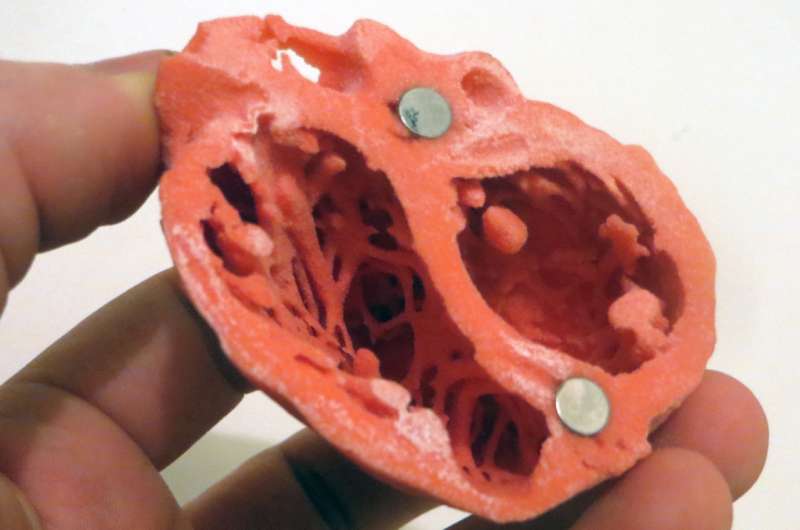
Researchers from the University of Minnesota Medical School investigated the sex differences among patients with cardiac sarcoidosis, a multisystem, granulomatous disorder. Their results argue for the inclusion of sex-specific analyses in sarcoidosis research.
The study was published in the American Heart Association journal, Circulation: Arrhythmia and Electrophysiology, and was led by Chetan Shenoy, MBBS, MS, an associate professor in the Department of Medicine’s Cardiovascular Division at the U of M Medical School.
“Although biological factors differ between the sexes, sex differences in patients with suspected cardiac sarcoidosis have not been systematically studied,” Shenoy said. “Our purpose was to investigate sex differences in the clinical presentation of patients with suspected cardiac sarcoidosis, cardiac involvement on cardiovascular magnetic resonance imaging and long-term clinical outcomes.”
The study involved 324 patients—163 females and 161 males—all with histologically proven sarcoidosis and suspected cardiac involvement. Some key findings from the study are that:
- female patients had a greater prevalence of chest pain and palpitations than male patients;
- female patients had less cardiac involvement from cardiac sarcoidosis than male patients; and,
- both male and female patients had similar long-term incidence of all-cause death or significant ventricular arrhythmia.
“The findings make a strong argument for the routine and systematic inclusion of sex-specific analyses in sarcoidosis research,” Shenoy said. “Such practices could eventually lead to an improved understanding of sex differences in the diagnosis, treatment and prognostication of patients with suspected cardiac sarcoidosis and promote improved outcomes in both sexes.”
Source: Read Full Article
